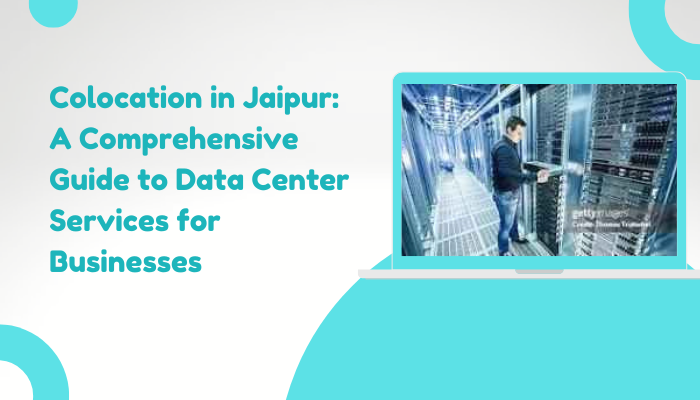Key Considerations for SharePoint Data Migration in 2025

Strong 8k brings an ultra-HD IPTV experience to your living room and your pocket.
With so many advantages, it’s hardly surprising that 80% of Fortune 500 companies and over 190 million people are already moving to SharePoint. Features like seamless collaboration, easy accessibility, integration with other Microsoft services, and robust security make SharePoint outshine other cloud-based platforms. However, there can be several complications if you simply start migrating sizeable data to SharePoint without groundwork.
This write-up is here to help you with all your SharePoint migration needs. It provides a list containing all the pre-migration to post-migration steps that you must consider while seeking a data transfer. Follow the article to shuffle off downtime and waste of your time.
Key Considerations for SharePoint Data Migration
We are all aware that SharePoint is a fully-fledged cloud platform that acts as a boon for your business operations. To enjoy the benefits of SharePoint migration, it’s crucial to be cautious as the structure might wreck during the process. Here are some key considerations, following which you can target a successful data transfer.
Comprehensive migration planning
Majority of migration processes are a success whose foundation is thorough research and planning. It helps in minimizing the disturbances while finishing the process within time. Be clear about the objectives you’re planning to achieve with the content migration. Find out the amount of data you actually need to migrate. Go through all the users and content with their permission and access.
Perform a data cleanup
Taking all of the data from the source environment to the targeted SharePoint site is never a good idea. It’s not just going to eat unnecessary storage but will also take a lot of time to complete. To avoid this, you can perform a data cleanup before starting the actual process. Use this opportunity to get rid of the content that doesn’t fit in your new environment and that you’ll not need anymore.
Sort out the data to be migrated based on its usage as mentioned below:
- Used regularly
- Used frequently
- Used rarely
This fragmentation will eliminate the dead files and folders from your system and minimize the cost of storage. You can either store them in some secondary storage or remove them if not needed anymore.
Communicate and train users
Do not bring this move as a surprise to your users and stakeholders. Inform them prior to making a move so that they have enough time to learn about the new platform they’ll be working on. Provide proper training sessions, learning materials, and convey the rewards of making the move to help them easily adapt to the change for long-term benefits.
Prepare the destination
Configure the target SharePoint environment to make the transition smooth. Talk to your team members and decide on the structure of your sites, libraries, and lists, and create security policies to ensure the safety of your content. Create sites and document libraries in the destination.
Don’t forget to backup all the data and save it in a secure and isolated location.
Follow the best migration strategy
After doing all the preparations, the next step is to find out the most effective and reliable migration strategy. You can either use the manual approach, Microsoft’s SharePoint Migration Tool (SPMT), or a third-party SharePoint data migration tool.
The best method would be using a professional tool like Kernel Migration for SharePoint. You can perform a pre-migration analysis to see for any errors occurring during the process and resolve them then and there.
Execute the switch
Start the migration of the data and track the progress of the process and address if any issue arises. You can also benefit from the automated migration supported by the SharePoint migration tools that allows scheduling the process for later as per your availability.
Post-migration maintenance
Migration is finally completed, so what’s next? Once the process finishes, it’s crucial to test the destination for errors and inconsistencies. This is because the transition often leads to obstructions in accessing the data after migration. Ask the users to share their feedback and make improvements if necessary.
It is important to regularly supervise the destination once data is moved to keep up with the efficiency and optimum performance of the platform.
Conclusion
SharePoint migration in 2025 is not just about moving data from one point (file server, OneDrive, or on-premises SharePoint) to SharePoint (online or on-premises). It also involves the proper transfer of permissions, workflows, configurations, versions, and other components. Concisely, it is essential to start the migration on the right foot to accelerate the process and offer easy data access to the users without creating complications in continuing their day-to-day operations. Use a professional third-party tool like Kernel Migration for SharePoint to avoid business downtime, errors, and time management.
Note: IndiBlogHub features both user-submitted and editorial content. We do not verify third-party contributions. Read our Disclaimer and Privacy Policyfor details.







